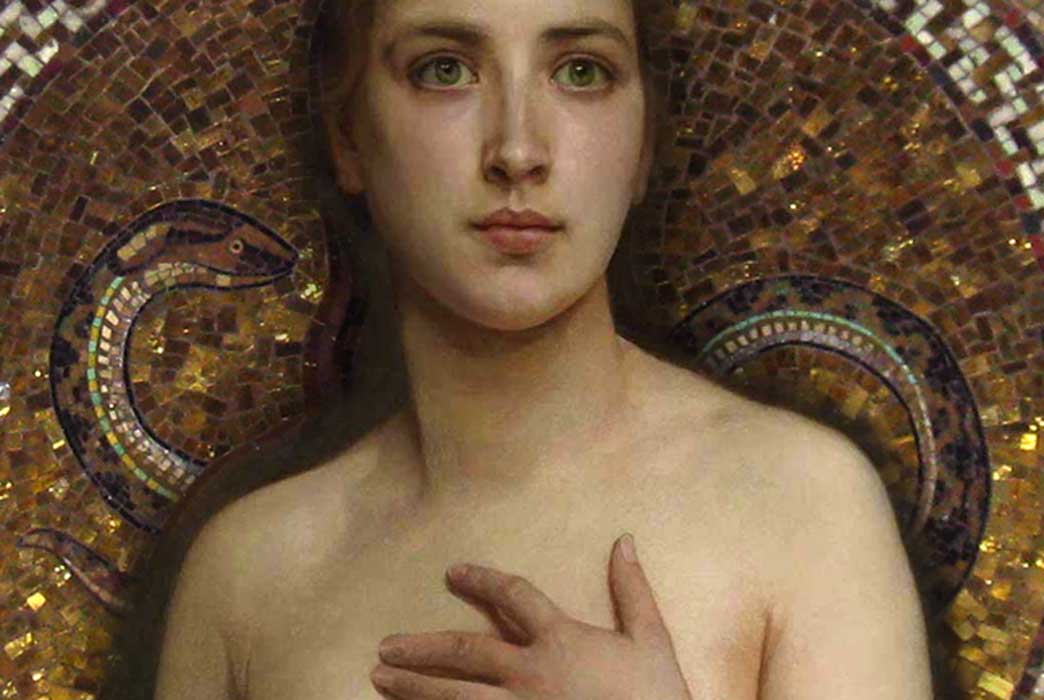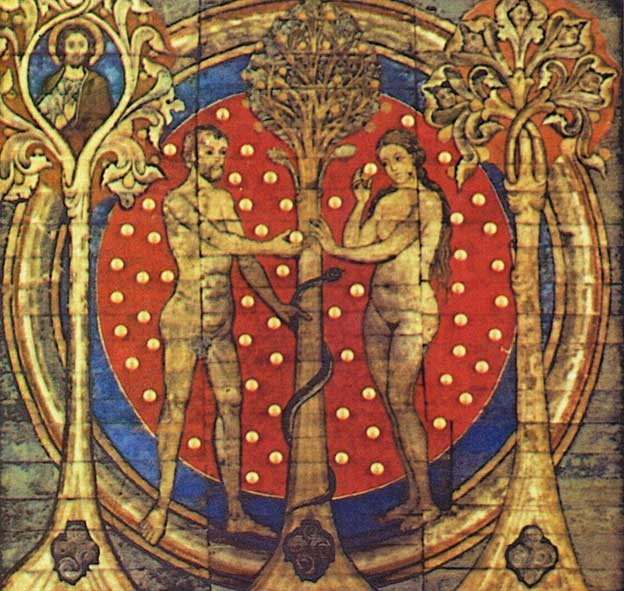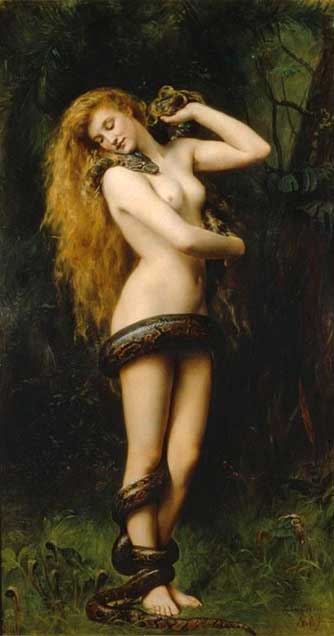
Eve was Created from Adam’s Rib, but What About the Other Women? Where did the First Women of Ancient Creation Come From?
In the Bible, Genesis 2:7 is the first verse that tells us about the first man. It tells how God formed a man from the dust and blew the breath of life into him. The man was then placed in Eden where he had to tend the garden and animals. In the garden, there was a tree containing the knowledge of good and evil. God prohibited the man from eating the fruit of this tree.

Adam and Eve: Benedictine monastery St. Michael's Church, Hildesheim, Germany (Public Domain)
Later, as none of the animals were found to be a suitable companion for the man, God created a woman from the man’s rib. The chapter ends by establishing the state of primeval innocence, noting that the man and woman were "naked and not ashamed," thus providing the basis for the subsequent narrative where wisdom is obtained through disobedience initiated by the woman.
Although there are so many stories and interpretations surrounding the first woman, the story of Adam or Eve is by no means universal. According to the Iroquois, Huron, and Navajo people, the first human being was, in fact, a woman. This interpretation of the origins of the human race accords reasonably well with the facts concerning Mitochondrial Eve, who, according to currently popular scientific mythology, is the mother of us all. Nevertheless, the role of the woman in many legends is the most intriguing as, varied as they are in the method in which they were created and in their circumstances, the first women share many similar characteristics across cultures: they are beautiful, they change the course of the world through their mere existence, and they provide us with glimpses of personalities that women around the world still inherit to this day.
Lilith, Pandora, and Shatarupa: Women who Befuddled Men and Gods
For 4,000 years Lilith has figured in the imaginations of writers, artists, and poets. Her origins lie in Babylonian demonology, where amulets and incantations were used to counter her sinister powers - Lillith was described as a winged spirit who preyed on pregnant women and infants.
This portrayal of Lilith continued well up to the seventh century CE. However, in the Middle Ages, as the alphabet of Ben Sira was introduced, the ancient Babylonian she-demon took on new characteristics. The fifth chapter includes a Lilith with a new twist— as Adam’s first wife, before Eve, who left Eden because she refused to be treated as Adam’s inferior.

Lilith, by John Collier, 1887. (Public Domain)
The alphabet’s narrative about Lilith is framed within a tale of King Nebuchadnezzar of Babylon. In his effort to cure the king’s young son, a courtier named Ben Sira invoked the name of God and inscribed an amulet with the names of three healing angels. He then told a story of how these angels travel around the world to subdue evil spirits, such as Lilith, who cause illness and death. Ben Sira cited the Bible passage which indicates that, after creating Adam, God realized that it was not good for man to be alone. In Ben Sira’s additions to the tale, God then formed a woman named Lilith. Soon the human couple began to quarrel as Lilith refused to lie underneath Adam, yet he insisted that the bottom is her rightful place and that she should submissively perform wifely duties. Lilith did not accept this and said that they were equal as they were both created from the earth.





